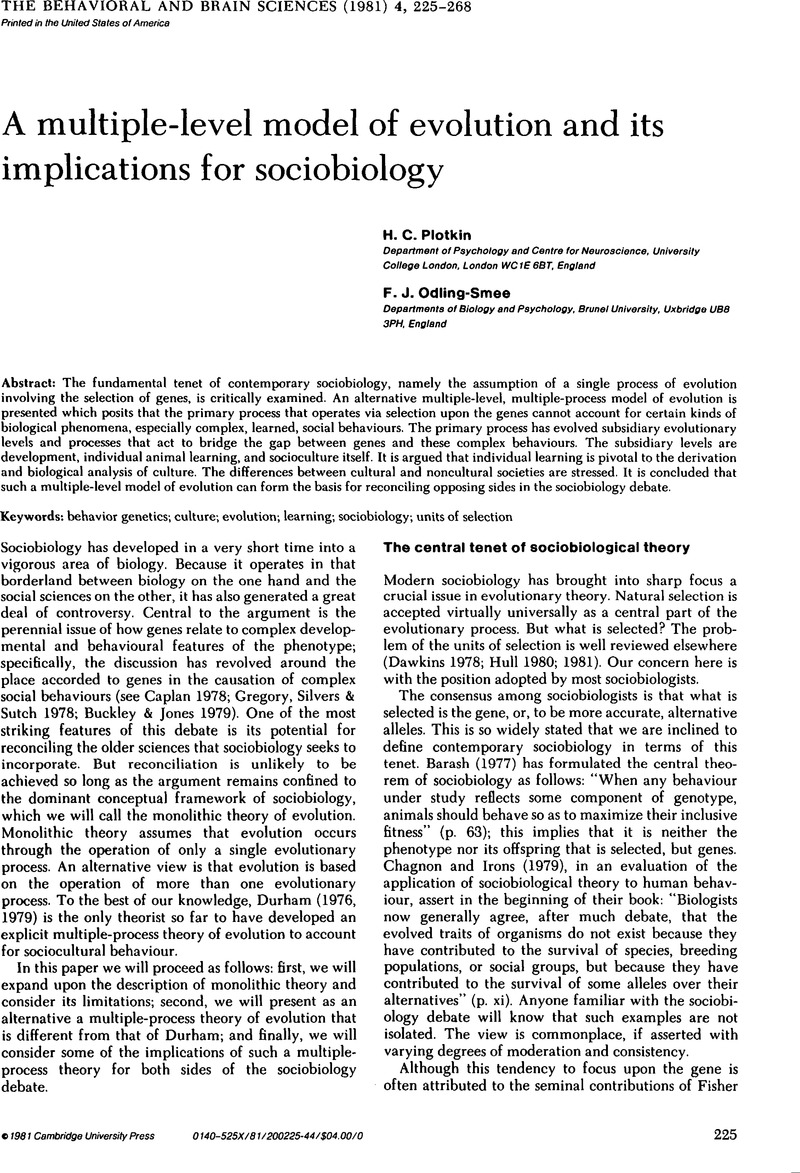Crossref Citations
This article has been cited by the following publications. This list is generated based on data provided by Crossref.
Öhman, Arne
and
Dimberg, Ulf
1984.
Sociophysiology.
p.
47.
Bouissac, Paul
2003.
Dynamics and Change in Organizations.
p.
15.



